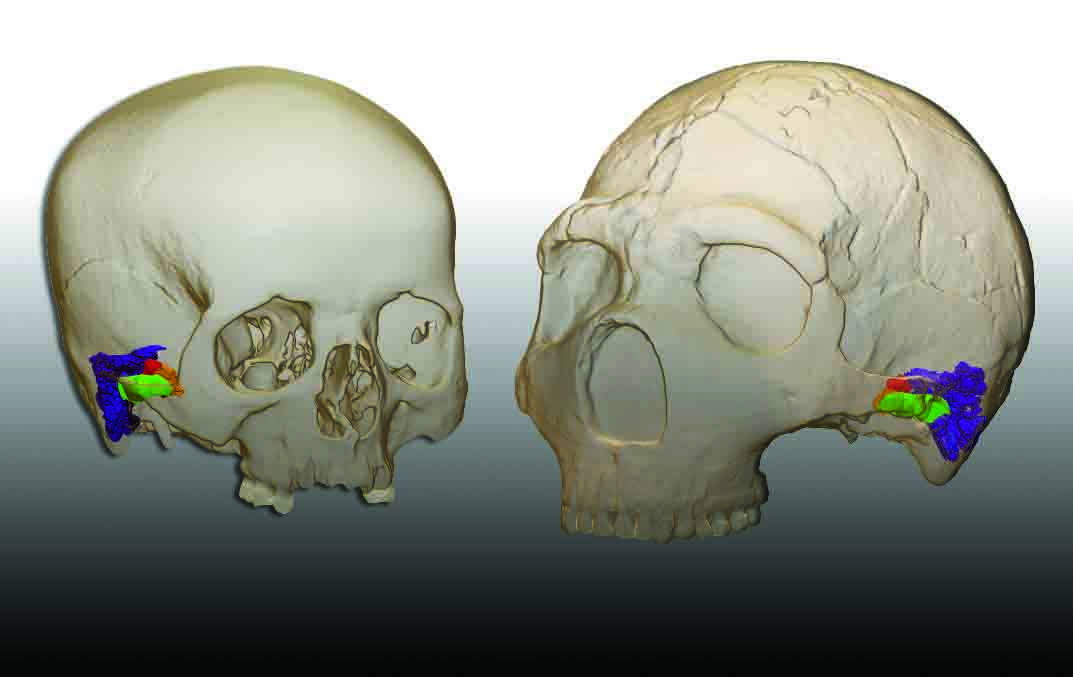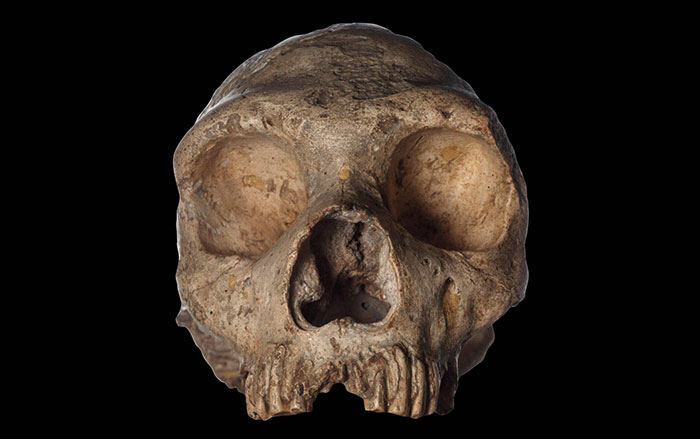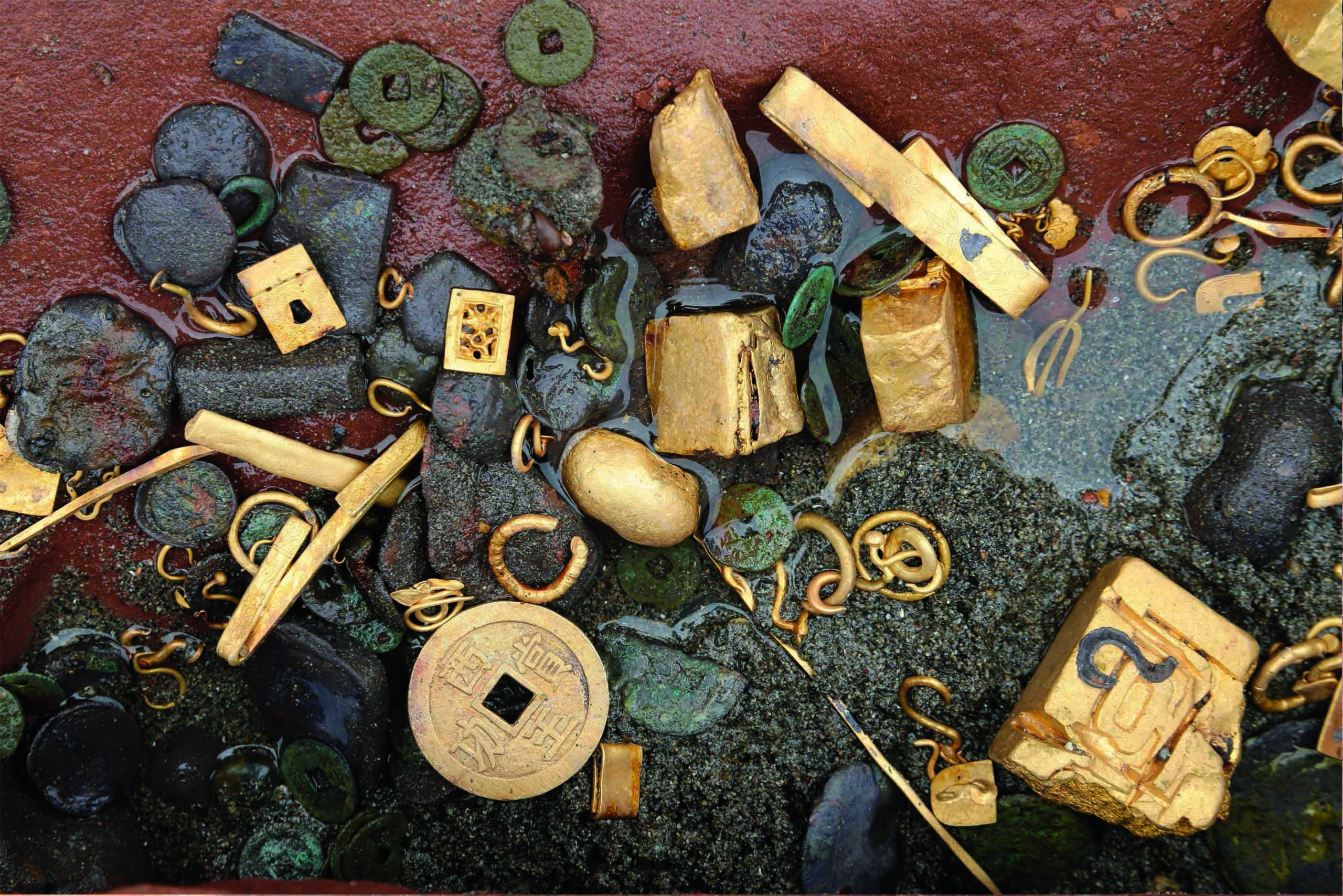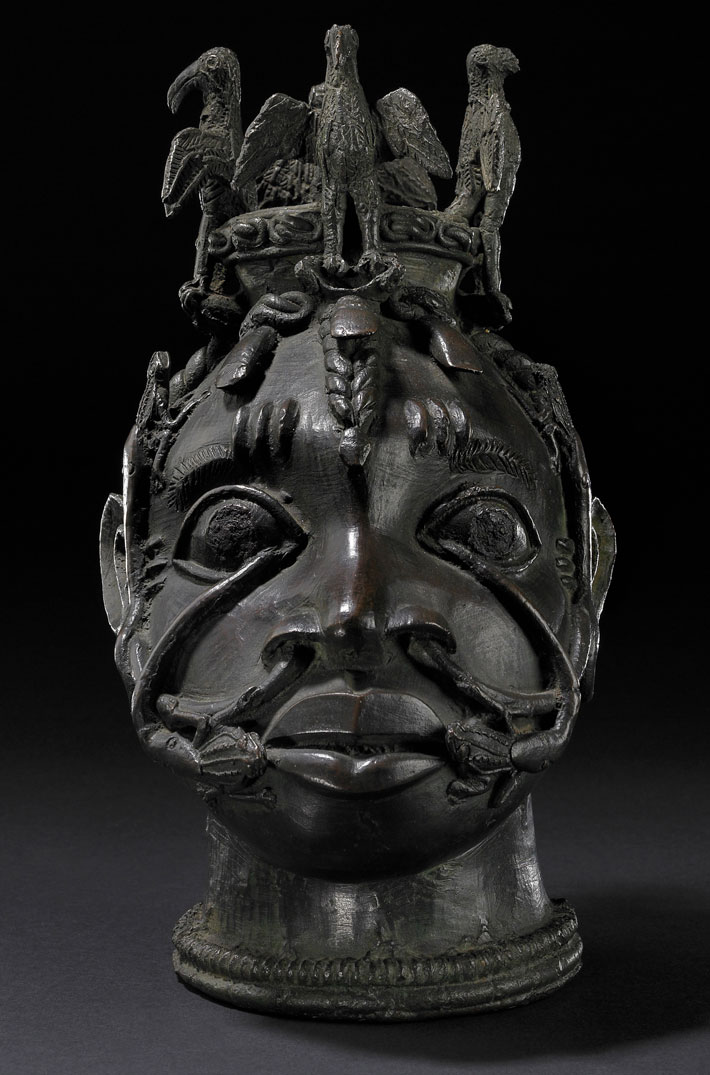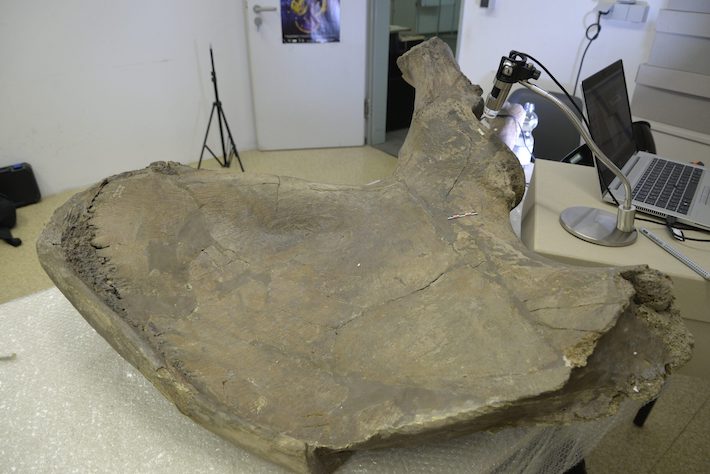
MAINZ, GERMANY—According to a statement released by Johannes Gutenberg University Mainz (JGU), a team of researchers including Sabine Gaudzinski-Windheuser of JGU examined the 125,000-year-old bones of the extinct straight-tusked elephants (Palaeoloxodon antiquus) unearthed at Gröbern, in eastern Germany, and Taubach, in central Germany. The team members determined that tool marks found on the bones are evidence that the animals were hunted and extensively butchered by Neanderthals. “The results of the more recent examination of the bones from Gröbern and Taubach now show that the hunting of these elephants by Neanderthals was not an isolated phenomenon but must have been a more regular activity,” Gaudzinski-Windheuser said. The large animals would have supplied the daily caloric needs of at least 2,500 adult Neanderthals, she added. Neanderthals may therefore have gathered in large groups to hunt and consume an elephant, and they may also have been able to preserve and store such a large amount of food. Read the original scholarly article about this research in Proceedings of the National Academy of Sciences. To read about butchered remains of a straight-tusked elephant uncovered in Greece, go to "World Roundup: Greece."



